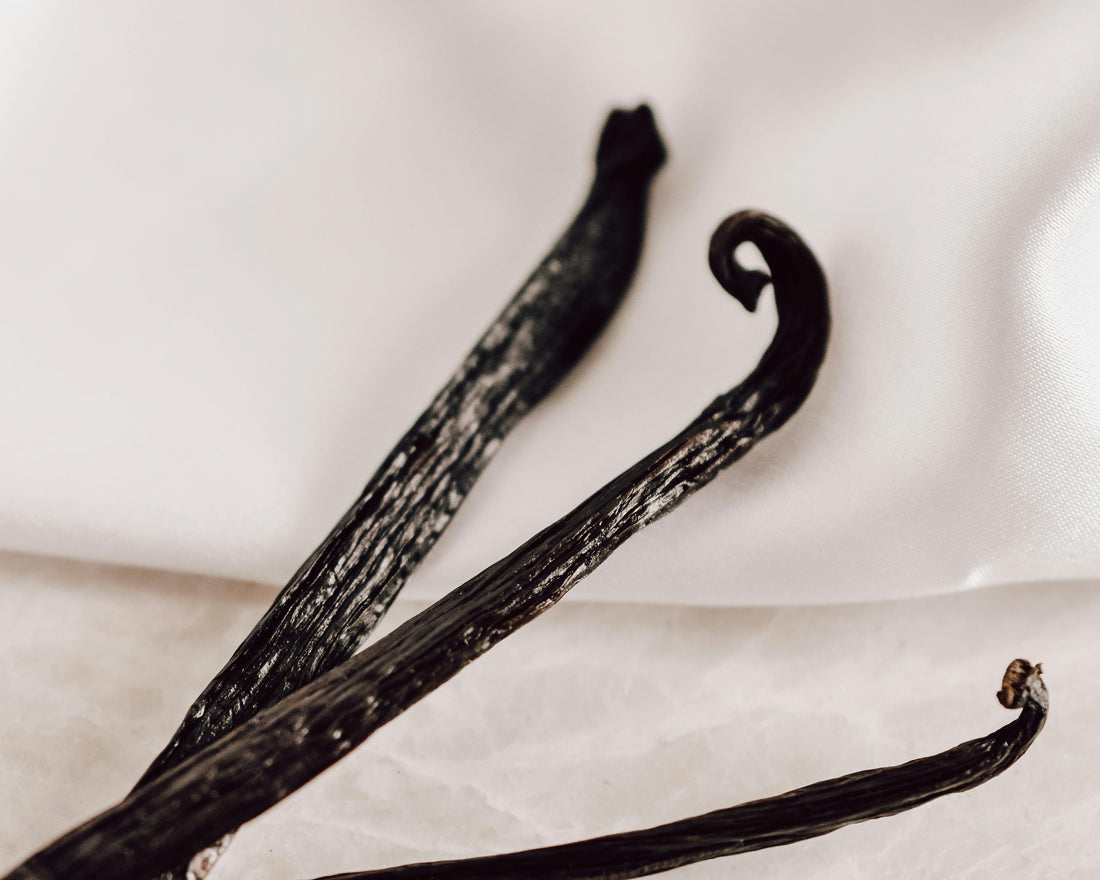
Varieties of Oriental Perfumes
Share
Oriental perfumes have long captivated fragrance enthusiasts with their exotic, sensual, and mysterious appeal. Rich in warm spices, resins, woods, and opulent floral notes, this fragrance family evokes a world of luxury and intrigue. In this blog post, we’ll delve into the fascinating realm of oriental perfumes, exploring their history, characteristics, and some of the most iconic scents in this captivating category.

The Origins of Oriental Perfumes
The roots of oriental perfumes trace back thousands of years to the ancient cultures of the Middle East and Asia. These regions were known for their use of aromatic resins, spices, and precious woods in rituals, trade, and personal adornment. Frankincense, myrrh, oud, and sandalwood were among the most prized ingredients, and these rich, heady scents laid the foundation for what we now recognize as the oriental fragrance family.
In the late 19th and early 20th centuries, Western perfumers began to be inspired by the exoticism of the East, creating fragrances that transported wearers to a world of mystery and sensuality. The launch of Guerlain's Shalimar in 1925 is often credited with defining the modern oriental perfume, blending the richness of vanilla and tonka bean with floral and citrus top notes.
The Main Categories of Oriental Perfumes
Oriental perfumes can be classified into several subcategories, each offering its own unique spin on this opulent family of fragrances. Let’s explore some of the most popular types:
Floral Orientals
These perfumes combine the sensual warmth of oriental notes with delicate floral heart notes, creating a romantic and alluring scent.
Examples: Yves Saint Laurent Opium, Guerlain Shalimar, Tom Ford Black Orchid.

Spicy Orientals
Featuring bold spices like cinnamon, cardamom, and clove, spicy oriental fragrances are warm, inviting, and perfect for cooler weather.
Examples: Christian Dior Addict, Serge Lutens Ambre Sultan.

Woody Orientals
Rich, resinous woods like sandalwood, cedar, and oud form the backbone of these intense and captivating perfumes.
Examples: Tom Ford Oud Wood, Byredo Gypsy Water.

Amber Orientals
Sweet, warm, and often featuring notes of vanilla, amber, and labdanum, these perfumes are comforting and sensual.
Examples: Prada Amber, Atelier Cologne Ambre Nue.

How to Choose the Right Oriental Perfume
If you’re new to oriental fragrances, start with a floral oriental for a softer, more approachable experience.
For a bold statement, opt for a spicy or woody oriental with deep, smoky notes.
Amber orientals are perfect for those who love sweet, cozy scents that feel like a warm embrace.

Conclusion
Oriental perfumes offer a rich and sensual olfactory experience that’s as timeless as it is captivating. Whether you’re drawn to the spicy, floral, woody, or amber aspects of this fragrance family, there’s an oriental perfume out there waiting to transport you to a world of mystery and allure. So, what’s your next exotic scent adventure going to be